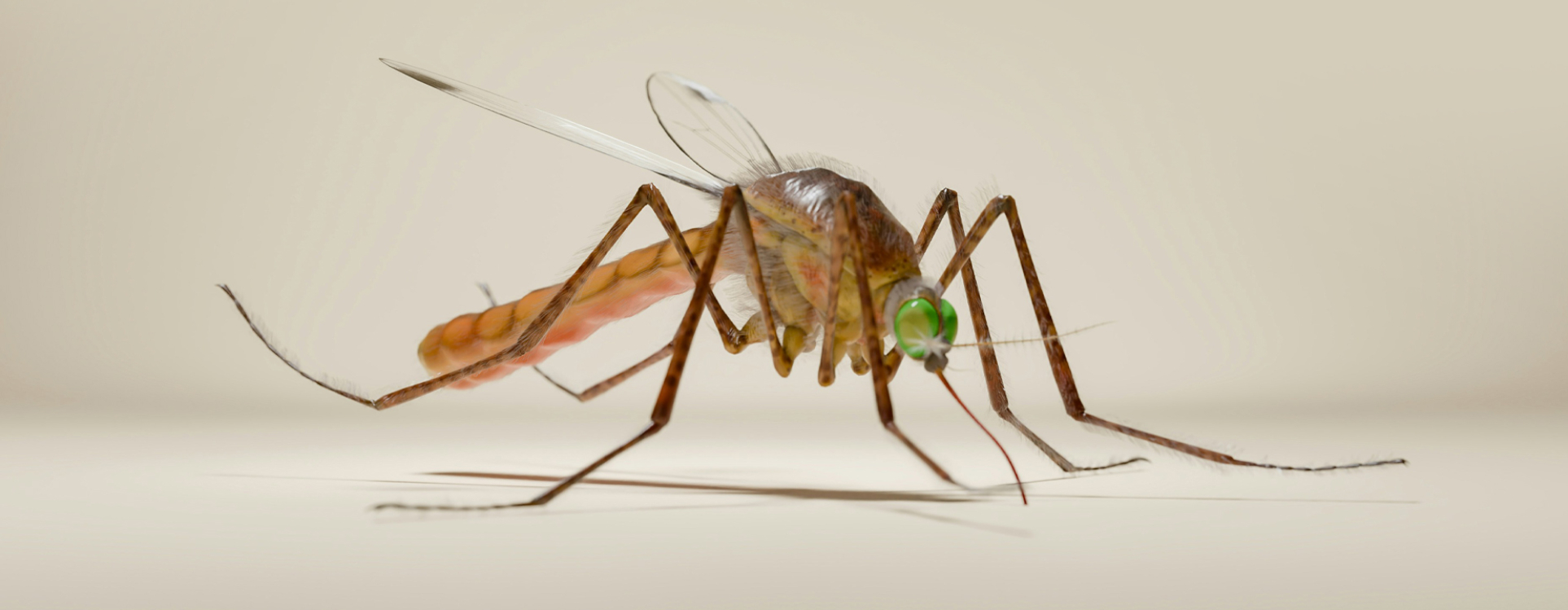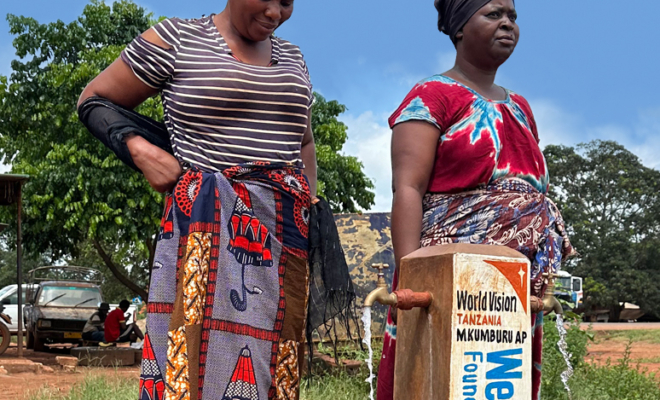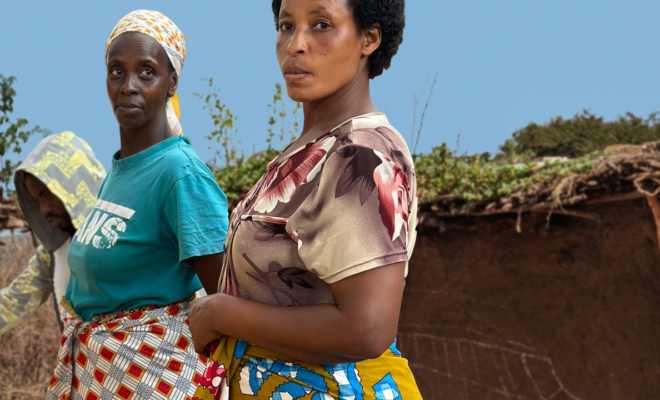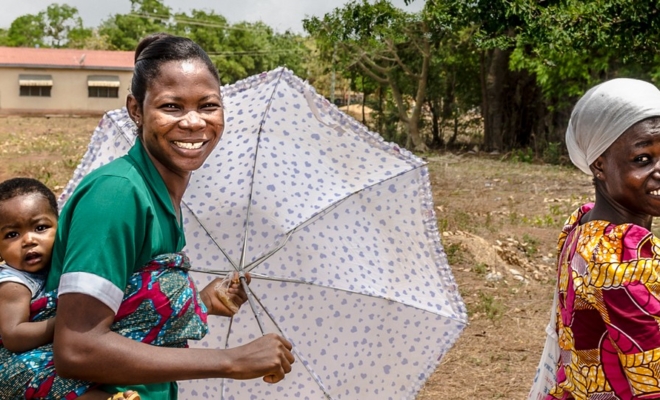Over 20 million small-scale farmers and artisanal fishers along Lake Victoria have faced repeated flooding after severe droughts. Due to retreating shorelines, communities in Uganda, Tanzania, and Kenya, reliant on fish, have had to adapt their fishing methods. The Nile tilapia, freshwater sardines, and Nile perch are examples of traditional catches impacted by these changes.
Lake Victoria, the world’s second-largest freshwater body, has expanded over the last decade due to increased rainfall—a phenomenon anticipated by the Intergovernmental Panel on Climate Change (IPCC). Specifically, the AR6 report notes that Great Lakes region rainfall patterns are intensifying due to warmer temperatures that increase atmospheric water vapour, leading to heavier and prolonged rains.
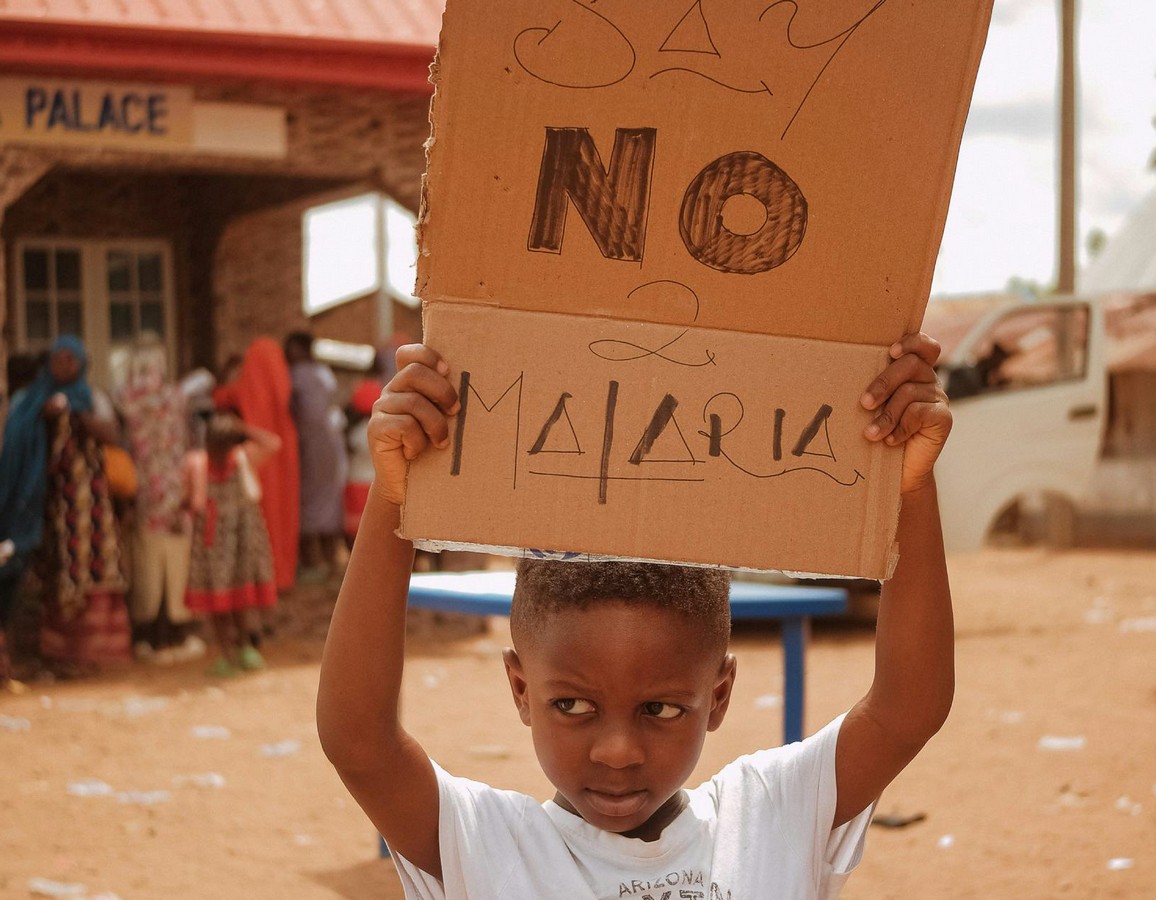
The fight against malaria in Africa and Asia highlights essential insights for adapting to climate change and ensuring universal access to health. © Iyke Ibeh
The Mosquito’s Expanding Habitat
This year’s intense August-September rains, falling between regular rainy seasons, disrupted annual crop cycles and caused flooding. Waterlogged fields bring crop losses and also foster the proliferation of Anopheles gambiae larvae, Africa’s malaria vector. Floods combined with droughts and irregular temperatures have overwhelmed health services along Kenyan and Ugandan shores, with waterborne illnesses like diarrhoea and cholera also rising.
Changing climate patterns hinder malaria control in Africa, one of the most affected regions globally. Concern is growing among WHO specialists and NGOs; UNICEF and Malaria No More have recently highlighted that 90% of the 600,000 malaria deaths worldwide occur in Africa, with the majority among children under five.
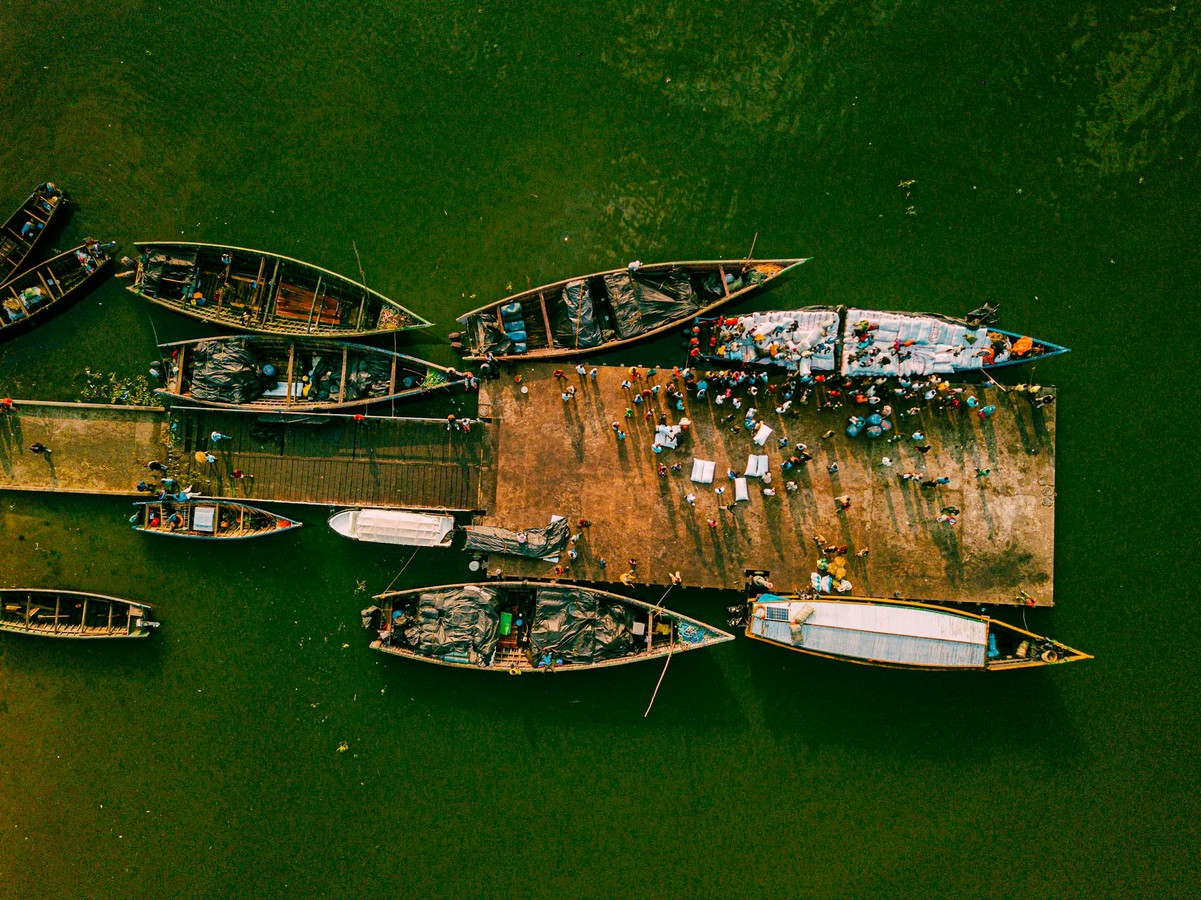
Over 20 million small-scale farmers and artisanal fishers along Lake Victoria have faced repeated flooding after severe droughts. © George John
Malaria severely impacts endemic regions. An Oxford Economics study commissioned by Malaria No More projects over $140 billion in economic growth if SDG 3.3 (health and well-being for all) is met, aiming to “end epidemics of AIDS, tuberculosis, malaria, neglected tropical diseases, and combat hepatitis, waterborne, and other communicable diseases.” For the UN, “end” means a 90% reduction in cases and deaths by 2030 from 2015 levels.
Malaria control could drive global trade growth, as healthier populations lower healthcare spending, enhancing trade with G7 countries. Additional resources saved could strengthen healthcare systems and target other infectious diseases.
Malaria further strains displaced communities in conflict-ridden African regions, particularly in refugee camps like those in Rwanda and Chad, where malaria is a critical threat. WHO and UNHCR programs implement insecticide-treated nets (ITNs) and early diagnosis and treatment to reduce mortality, with mass medication used in vulnerable communities.
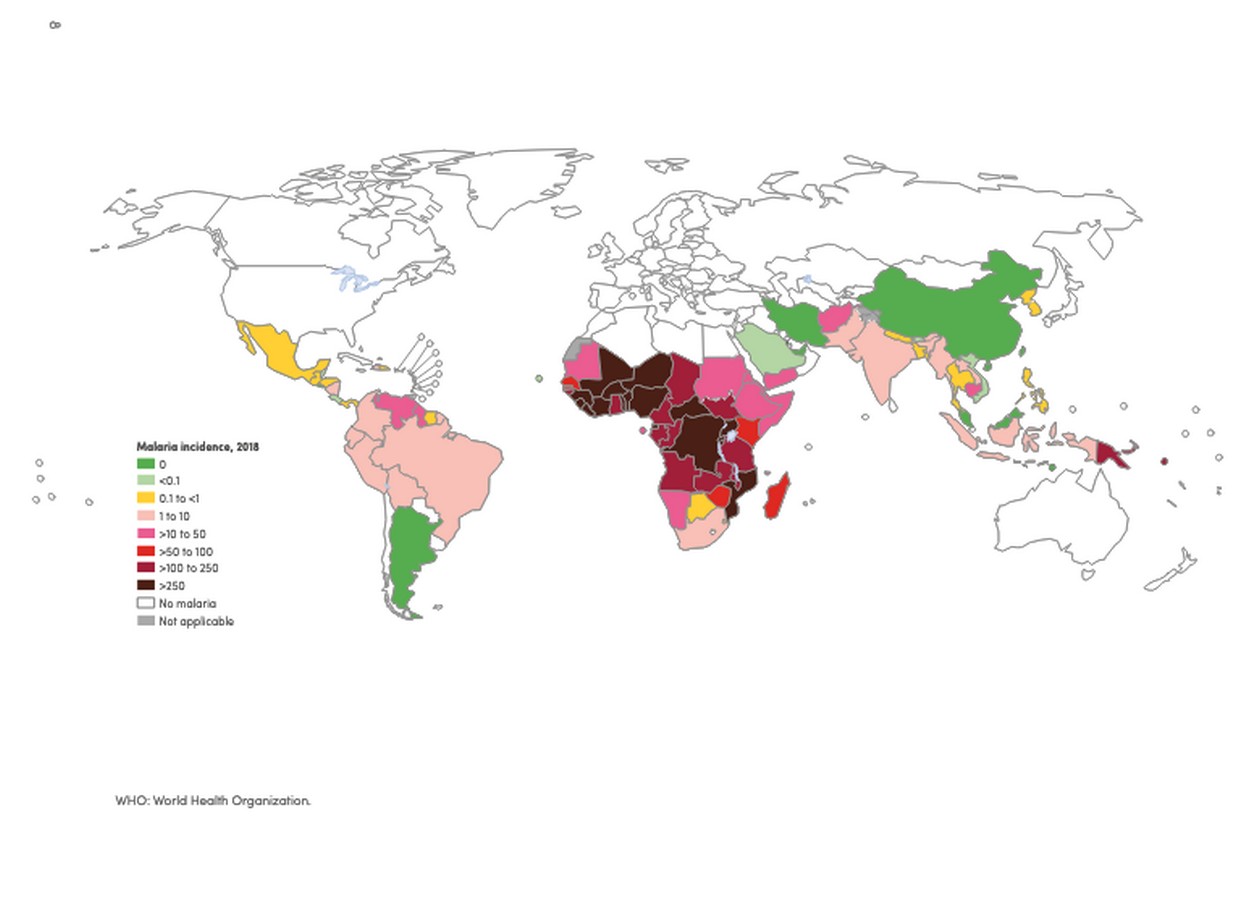
Map of malaria incidence rate (cases per 1,000 people at risk) by country, 2018. Africa has the highest incidence, with 14 countries reporting over 250 cases per 1,000 people. Source: WHO estimates.
Vectors on the Move
A pathogen vector transmits viruses, bacteria, or parasites from an infected organism to another. Vectors, such as mosquitoes and ticks, are not causes but “vehicles” of disease. Climate change and ecosystem shifts bring some vectors to new areas, raising disease risks. Recently, the WHO reported that Anopheles Stephansi, a malaria mosquito native to South Asia and the Middle East, is spreading in Africa. Although Anopheles species transmit malaria parasites (Plasmodium falciparum and P. vivax), control methods differ: A. gambiae thrives in rural areas, whereas A. stephensi survives high urban temperatures during dry seasons.
Other mosquitoes are crossing borders as warming temperatures allow Culex mosquitoes, the main vector of the West Nile virus, to expand into new areas. In Spain, where the disease was rare until 2004, 2024 saw 71 cases and four deaths.
Linked to climate-driven changes, Dengue Fever now affects tropical and subtropical regions globally, confirming WHO’s concerns about global warming. Preventative measures targeting community water control are crucial for stopping Aedes aegypti and A. albopictus mosquitoes spreading dengue.
A New Front in the Climate Crisis
Scientists highlight climate change’s role in spreading infectious diseases. The Lancet’s Countdown on Health and Climate Change report, compiled by over 300 global experts, warns of “climatic suitability” for vector-borne diseases, polluted water, and food contamination risks. WHO and the World Meteorological Organization (WMO) stress the need to study how ecosystem changes impact disease in new areas—a new challenge brought by the climate crisis and a focus for COP29 in Baku.
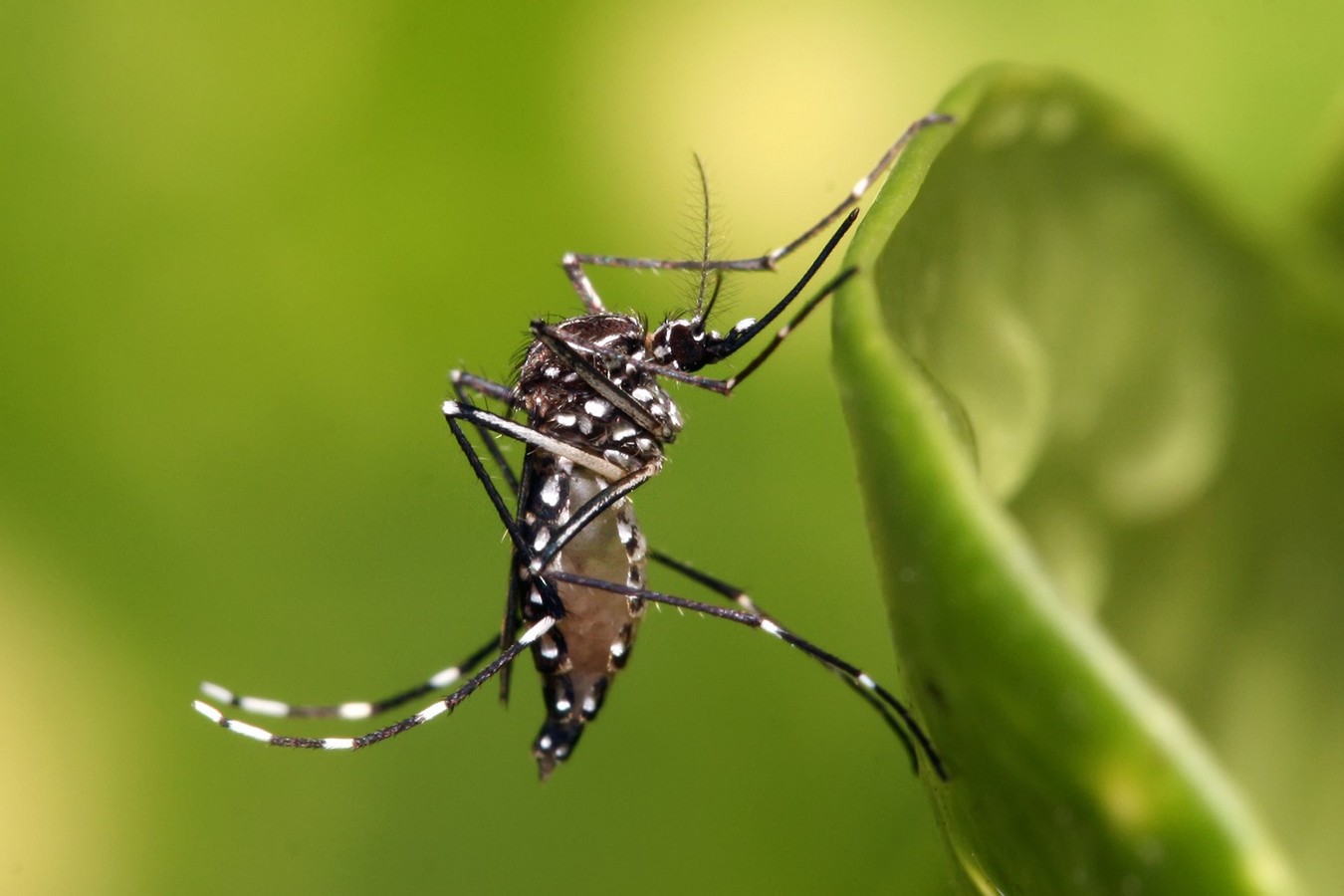
Preventative measures targeting community water control are crucial for stopping Aedes aegypti and A. albopictus mosquitoes spreading dengue.


